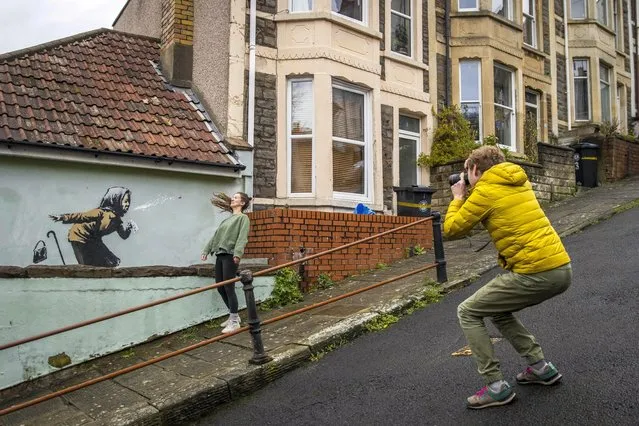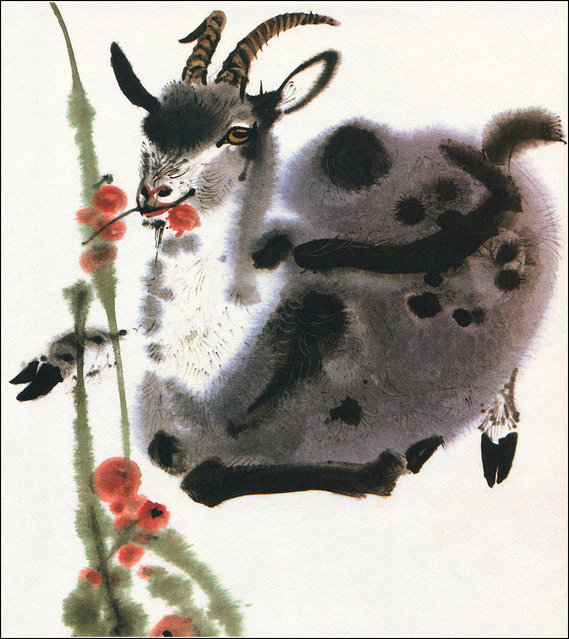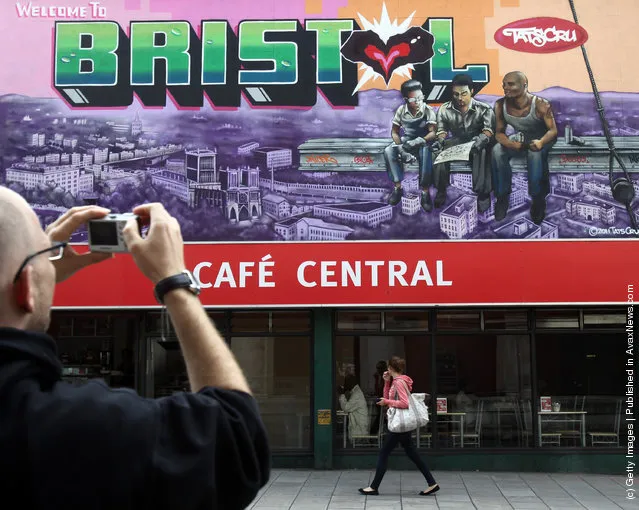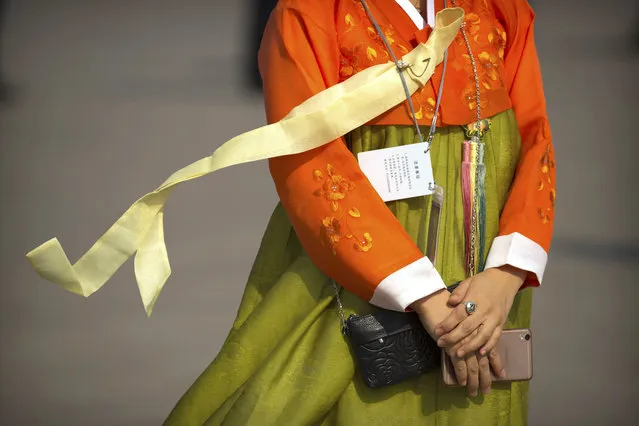
A potential Banksy has appeared on Vale Street in Bristol, United Kingdom on December 10, 2020. The elusive artist is from the city and is known for creating new works without anyone catching him in the act. An image of an old woman sneezing without covering her mouth has been spotted on a wall in the Totterdown area – a possible nod to the current health crisis. Crowds are already gathering at the bottom of Vale Street – one of Britain's steepest roads – to take pictures and discuss. (Photo by South West News Service/Action Press)
12 Dec 2020 00:07:00,post received
0 comments







